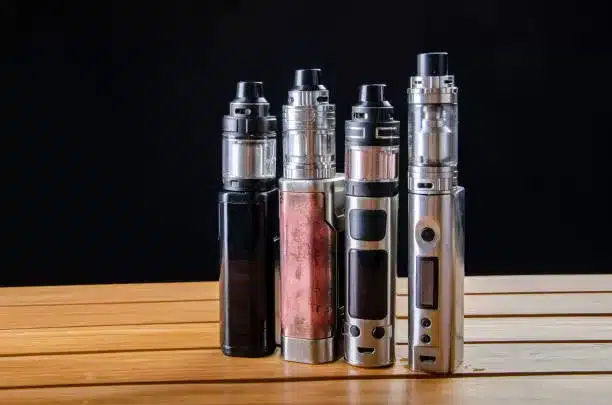It has been an incredibly long road for vaping to get where it is now, from a barely acceptable novelty to one of the most effective ways for people to stop smoking.
Before the NHS openly approved vapes as a way to wean people off of smoking, however, it was a somewhat tricky road to legitimacy, filled with bumps in the road as an early vape supplier can almost certainly attest.
As with most new disruptive technologies, the innovations, successful initiatives and supreme successes were offset by a range of abject failures, and it is worth talking about them to learn how we got to this point and where vaping may go next.
The Product That Coined The Term Was A Flop
What killed the Favor Smokeless Cigarette? The answer is as complex a murder mystery as any Agatha Christie ever came up with, but without either its earnest ambitions or its sudden demise, the vape world as we know may never have happened.
Favor, whilst a vaping pioneer, was not an e-cigarette, but instead was a plastic tube with a filter smoked in nicotine that provided a user with nicotine without the thousands of harmful ingredients found in a typical cigarette.
Sound familiar? This is the underlying principle of the vape as we know it today, except with a very different delivery mechanism. In its limited release, it was even modestly successful, proving that even in the 1980s there was a market for an alternative.
Why it failed is complex; one of its creators claimed that the key issue is volatility, which meant that the smokeless cigarette had an expiration date before it would become bitter and unpleasant.
However, this was not the biggest issue; instead, the US Food and Drug Administration considered the Favor product to be a drug because of its nicotine content and promptly banned it as it had no authorisation, ultimately killing the company.
Pioneering Flaws Led To Vape Culture
There are many curiosities to the Dr Hon Lik story, but one of the most interesting is that whilst he pioneered the modern e-cigarette, his products were far less successful than you might have expected.
Whilst part of this was due to some absolutely outrageous examples of patent theft from competitors in Dr Lik’s native China, another issue was that people found their performance to be somewhat lacking, and the hit to be far less satisfying than a cigarette at the time.
Part of this was the result of people not understanding the difference between a cigarette drag and the puff of a vape, but the bigger issue was reliability.
Dr Lik’s Ruyan e-cigars used a complex ultrasonic heating element and automatic trigger switches. Neither of these technologies was as reliable as they needed to be back then, and the majority of vape systems now use a battery-powered heating coil instead.
The biggest issue, however, was reliability, to the point that a lot of users started to modify their e-cigarettes, ultimately creating what would become the three-part box mod vape system that was the norm for vaping until the rise of disposables.


